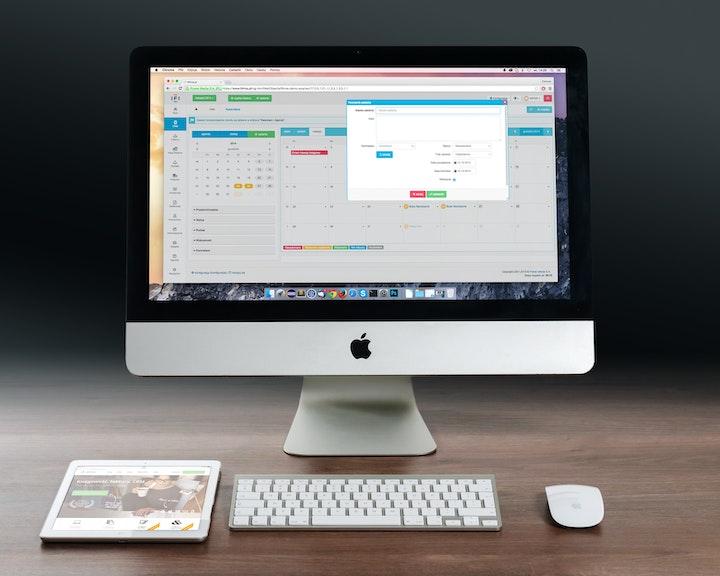Having an API-fueled tech strategy can save your HR department time and money. It can also allow your business to adapt and implement new tools as needed.
Unlike traditional software purchasing, API-enabled solutions are built for connectivity, interoperability, and freedom of choice. Using a middleware platform, data integrations that used to take months now routinely finish in six weeks.
Table of Contents
Employee Onboarding
The HR onboarding process is vital for new hires and the company. However, inefficient and manual processes often result in data entry errors and can frustrate new employees. By integrating apps and streamlining workflows, HR managers can improve the employee experience and save time.
Implementing an effective API integration into your HR platform is easy with the right tools. A good best practice is to choose an API that aligns with your specific use case. For example, importing payroll, benefits, and more into your system requires different data than bringing over performance management information. Therefore, you should choose an API that offers specific features for a particular onboarding use case.
Ultimately, using APIs to streamline onboarding allows HR teams to focus on more important tasks and reduce the risk of costly errors. Moreover, by automating the process, you can also ensure data is updated in real-time and that your employees are getting the most up-to-date information on their policies and procedures.
Ultimately, the ability to instantly generate documents through automated processes can make a big difference in your new hire onboarding experience.
Time Tracking
Keeping track of employee hours is critical to ensuring payroll is processed correctly, labor laws are met, and time off requests are handled appropriately. But tracking employee hours can be tedious for HR teams, especially when manually entering data in multiple systems. This is where HR automation can make a difference.
However, issues like ensuring data security and privacy can complicate automating time-tracking processes. It can also be challenging to implement at scale because of the many systems that must be integrated. Luckily, UKG API integrations can provide an easy solution to these challenges. An Application Programming Interface (API) acts as a virtual middleman to relay information and core resources within tools and software, facilitating their integration and operation.
With API integration, all of your HR apps can automatically sync with one another. This saves time for your team, helps ensure consistency across your data sets, and allows you to run reports based on up-to-date information.
Having an HR technology stack that integrates your most essential apps can make all the difference when running sophisticated people operations. This means your team can stop spending countless hours on manual double-data entry and spend more time on tasks that grow your business. For example, a simple sync between your ATS and payroll app can reduce the amount of candidate and employee data your HR team has to manage manually.
Recruiting
The recruitment and onboarding processes are among the most crucial functions that HR departments perform. However, they are also two of the most complex and time-consuming. They require tons of paperwork, information processing, and filing. Moreover, they often involve multiple stakeholders, creating a significant risk of mistakes and inefficiencies.
The good news is that implementing an automation system can help you streamline these processes. It can free up time and effort for HR professionals to focus on strategic issues that grow a business. Whether you’re looking to automate the onboarding process or reduce the time it takes to hire employees, API integrations can help.
An API can eliminate time-consuming, manual processes and create a seamless experience for internal and external parties. It can also ensure that data is updated and synchronized across the system, improving efficiency and productivity.
Performance Management
Streamlining and automating HR processes eliminates manual intervention, reduces error rates, and improves efficiency. It allows human resources departments to focus on more complex and high-value projects that require human expertise. HR process automation also helps to increase employee satisfaction and retention rates.
An integrated solution is a powerful tool that enables you to streamline and automate many of the most common HR tasks and workflows. You can easily manage employee records, time sheets, training events, to-do lists, formal notices, and meetings in one place and stay up-to-date with important information. This can save HR professionals valuable time and create a positive employee experience.
When you’re constantly switching back and forth between HR apps, it can be hard to keep your data up-to-date and accurate. Keeping all your HR tools in sync requires a data integration solution.
HR data integration can automatically share job, candidate, and employee data between multiple applications and systems in real time. It can also centralize data from disparate systems into a single database, which makes it easier to track performance metrics and analyze trends. It can also simplify complex reporting and enable more informed decision-making. This is accomplished using an API connecting different programs to form a single unified platform. Then, each application can access the necessary data without manual input or double-data entry.
Also Read – Supercharge Your Sales: Proven Tactics to Drive Revenue Growth




